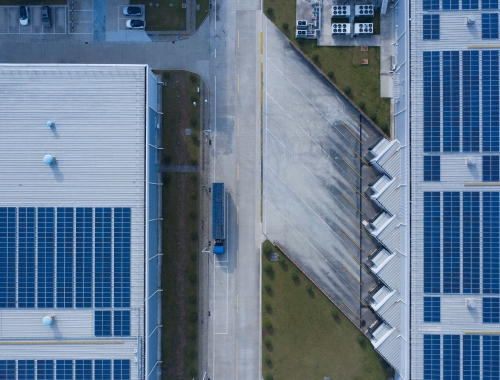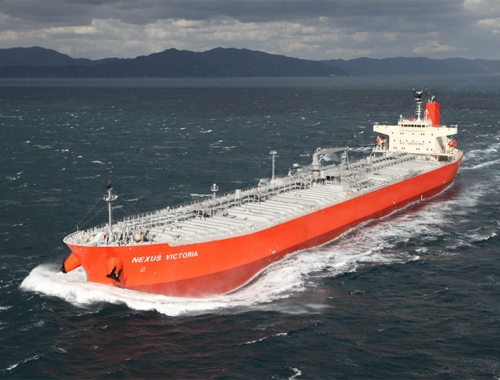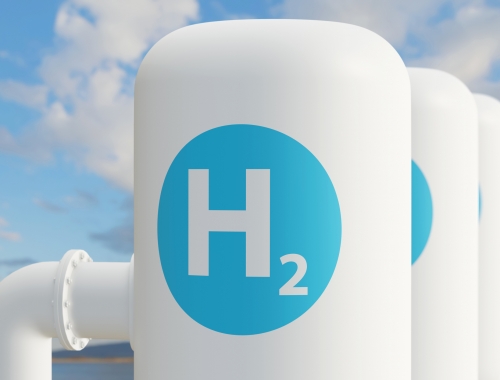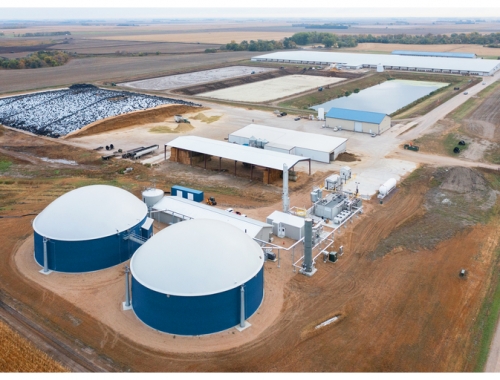SFL-built GHGSat double daily methane emission measurements
SUMMARY
SFL has deployed nine 15-kg satellites for GHGSat that are primary used to detect methane emissions coming from the oil and gas sector.
By Joseph MurphyMicrosatellites built by Toronto-based Space Flight Laboratory (SFL) and contracted out to Quebec-based GHGSat have exceeded their design capacity, now making twice as many daily methane emission measurements as initially planned, SFL reported on September 6.
SFL has deployed nine 15-kg satellites for GHGSat that are primary used to detect methane emissions coming from the oil and gas sector, but also from power generation, mining, waste management and agriculture. SFL added that its GHGSat-D demonstration satellite CLAIRE, launched in 2016, had exceeded its operational design life by over two years, while the eight other units are in excellent health.
“The SFL-built satellites have exceeded our expectations regarding technological performance. Each satellite is now making twice as many emission measurements per day as originally planned,” GHGSat president Stephane Germain said. “This performance has enabled us to push our monitoring capability further, helping more clients better understand and reduce their emissions.”
“SFL is pleased to play an important role in GHGSat’s global success by developing its core company-owned satellite assets,” SFL director Robert Zee added. “At SFL, we take pride in building affordable small satellites that outperform – often exceeding operational specifications and outlasting their design lives.”








